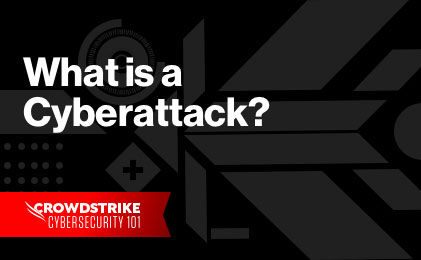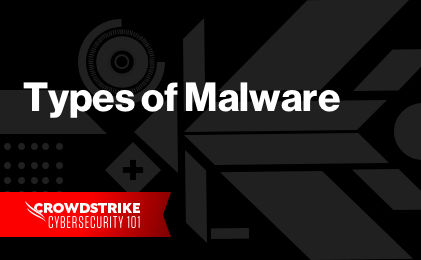A strong cybersecurity strategy should not only include reactive approaches to cyberattacks, but should also include proactive prevention methods for infections such as bootkit. Mitigating the consequences of a bootkit infection and removing the infection are valuable tools for your cybersecurity team. Bootkits are stealthy, and understanding how they work and how to combat them can help keep your business safe from threat actors.
What Is a Bootkit?
Bootkits are a type of modern malware used by a threat actor to attach malicious software to a computer system. Bootkits can be a critical security threat to your business and often involve rootkit tools for evading detection. These attacks target the Unified Extensible Firmware Interface (UEFI), software that connects a PC’s operating system with its device firmware.
One example of a rootkit infection is the Spicy Hot Pot browser hijacking rootkit from 2020. This changed the user’s homepage to one controlled by the threat actor.
Bootkit Vs Rootkit
A rootkit is a collection of software tools, or a program designed to give a threat actor remote control over a computer system. Rootkits are made to function without being detected by deactivating endpoint antivirus and antimalware software. This enables malicious software to be introduced to the system with the purpose of attacking network or application security.
Bootkits take this process a step further and are designed to infect the volume boot record or master boot record. By doing so, a bootkit can act before the computer’s operating system has loaded. In this way, malicious code installed by the bootkit is up and running prior to the computer operating system on boot up.
Bootkit infections go undetected because all components are outside the Microsoft windows filing system, rendering them invisible to standard operating system processes. Some warnings that a computer might have a bootkit infection include system instability resulting in blue screen warnings and being unable to launch the operating system.
The Risk and Impact of Bootkits
A UEFI bootkit can be a serious problem for your business, especially since a well-made one can go virtually undetected. Rootkits such as bootkits are a critical threat to security and open the way for additional malware installation. The consequences of an undetected rootkit can include file deletion and information theft.
Why Are Bootkits a Critical Security Threat?
A UEFI bootkit is particularly dangerous because it is difficult to get rid of. UEFI firmware is embedded in the motherboard instead of being written to the hard drive and is therefore immune to any hard drive manipulation. These bootkit attacks are generally hard to detect and may be installed alongside free downloads or through malicious websites exploiting browser vulnerabilities.
The consequences of rootkit malware in your system include:
- File deletion: Operating system code and other files are vulnerable to rootkits.
- Remote access: Changing configuration settings, opening backdoor ports in firewall settings and changing start-up scripts. Any of these enable threat actors to have remote access to the computer for further attacks.
- Information theft: Malware installed by rootkits can steal passwords, personal information and sensitive data while remaining undetected.
- Additional malware: With a rootkit installed, a threat actor can install additional malicious software and can even function like ransomware, demanding payment to restore your computer.
Bootkit infections have some additional potential consequences, such as persistent corporate espionage. UEFI firmware bootkits can be invisible to standard cybersecurity measures and, since they start before the operating system is loaded, are always active when the system is on. Preventing bootkit infections from happening in the first place is the best safety measure against them.
Preventing Bootkit Infections
Scanning for suspicious activity with a software program or rootkit scanner can be effective for discovering application rootkits, but these cannot find bootkits, a kernel mode rootkit or firmware attacks. Having multiple layers of scanners can help create a preventative measure if you make sure to understand the limits of your software. However, the best prevention for a bootkit attack is the secure boot.
Protection and Risk Mitigation
UEFI secure boot is a security standard that ensures a device boots using only trusted software. The firmware checks the signature of every piece of boot software, including the UEFI firmware, and if all signatures are valid the PC boots. This secure boot can prevent a bootkit infection from causing harm, because if it is found, the PC will not start.
You can also take preventative measures to mitigate the risks of experiencing a bootkit attack in the first place. This involves avoiding activities such as booting the operating system from untrusted media. You can also check for information about vendor compromise when updating firmware and the operating system version to avoid supply chain attacks. Monitoring potentially malicious activity is a good way to identify when you’ve become vulnerable to a bootkit infection. If a bootkit attack has already taken place, the first step to take is to remove it.
Bootkit Removal
Removing a bootkit is possible and involves specialized malware removal software. Rootkit removal is often easier because you can clean your hard drive to remove them. Finding the right tool is important for removing a bootkit infection on your system.
How to Get Rid of Bootkits
The type of tool you need is a boot repair disk that can clean your master boot record. This software should be used to wipe the master boot record, rather than repairing it. This way you can ensure the bootkit has been removed. Once wiped, you can create a clean master boot record, reformatting the new drive partitions.
Bootkits can be removed from internal hard drives and USB sticks as well as using an SPI flash programmer. These programming devices can erase, program and verify the operations of the storage chips. Because a rootkit infection is evasive, if you don’t use a specialized tool, it can often protect itself.
Protect Yourself against Malware Attacks
Protecting your business from bootkit attacks is important so threat actors can’t gain secret remote access to your systems. Bootkits are dangerous because they are hard to detect, difficult to remove and they enable easy future malware attacks. Preventing and removing bootkits keeps your business safe.
With CrowdStrike Falcon® Complete you can stop breaches on endpoints, workloads and identities with expert management, threat hunting, monitoring and remediation. By keeping your system prepared and aware of even hidden malware threats, you can keep your business safe from bootkits and other rootkit attacks.

CrowdStrike Falcon® Complete
Learn more on how CrowdStrike Falcon® Complete helps your business stay safe from cyberattacks such as bootkit.
Learn More






